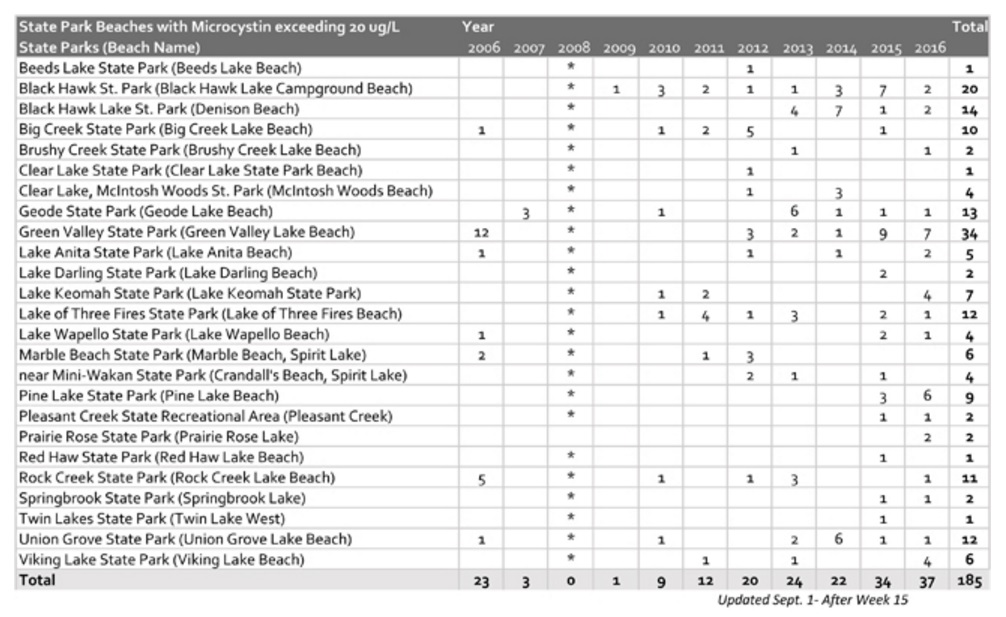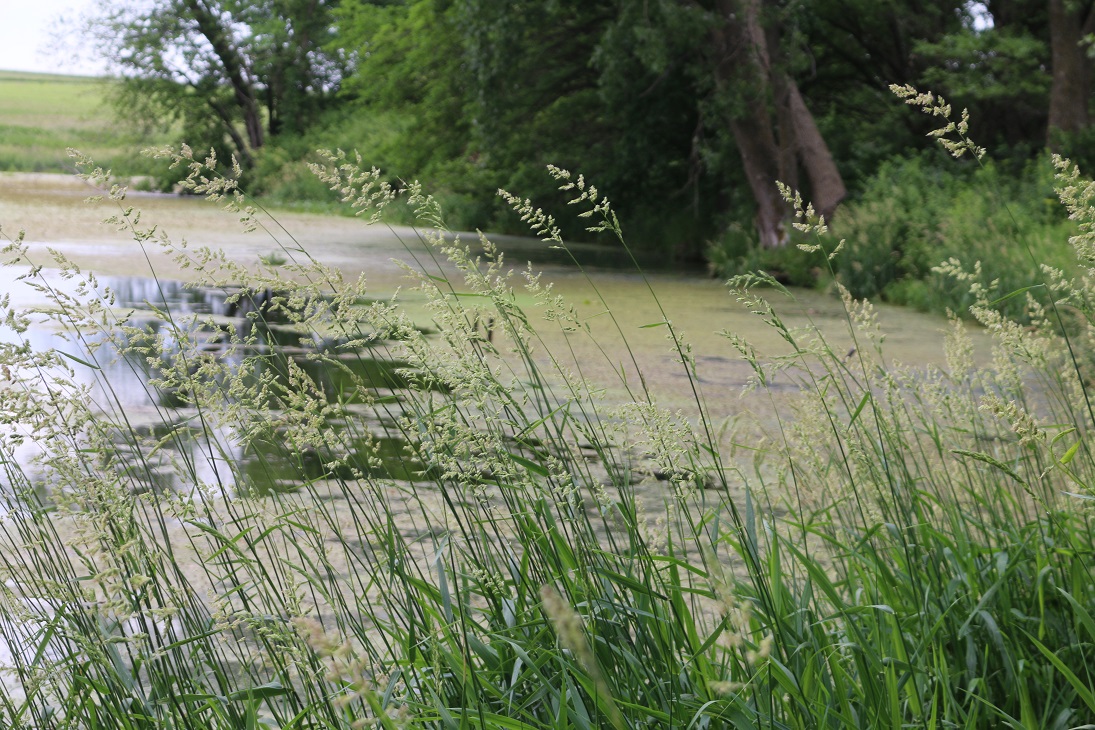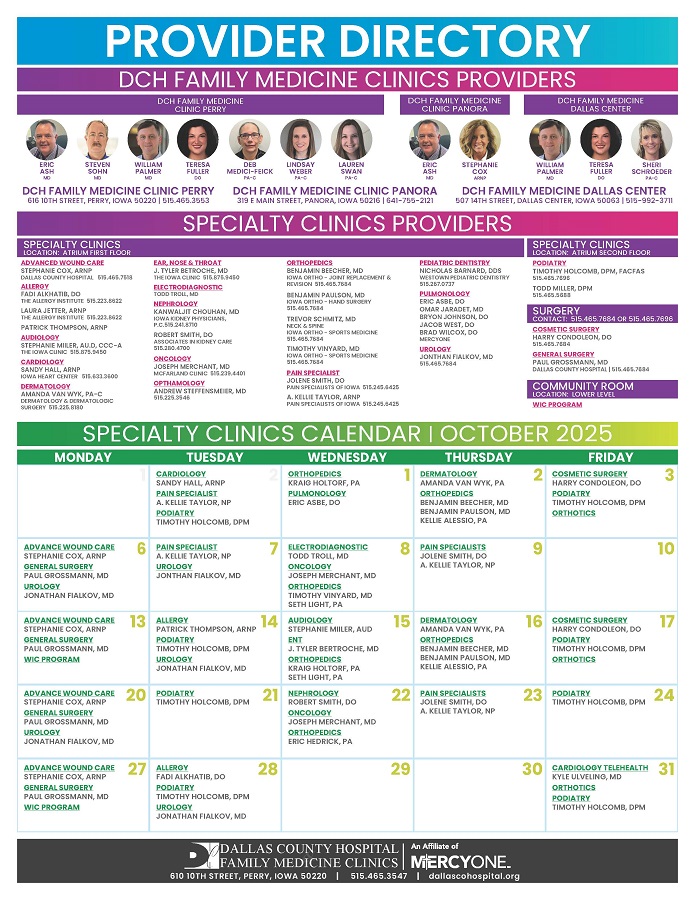DES MOINES – A record-breaking number of beach advisories were posted at beaches in Iowa’s state parks this summer due to high levels of microcystin, a toxin produced by some forms of blue-green algae blooms that make the water unsafe for swimming. This is the second year in a row the record has been broken.
The Iowa Department of Natural Resources (DNR) issued six beach advisories warnings this week, bringing the total number of microcystin warnings posted this year to 37, surpassing last year’s previous record of 34 warnings. This is the final week of the 2016 state park beach monitoring season, which runs Memorial Day weekend through Labor Day weekend.
Ann Robinson, agricultural policy specialist with the Iowa Environmental Council, said the rising rate of toxic algae blooms “continues to persist, and an increasing number of Iowans are being greeted by signs warning them to stay out of the water at their favorite shoreline spots.”
Since 2006 the DNR has issued 185 beach warnings for high levels of microcystin exceeding 20ug/L, the level deemed unsafe by the World Health Organization. Nearly two-thirds (117) of these warnings have been posted in the past four years, with a significant increase in the last two years.
Of the 39 State Park Beaches currently monitored by DNR, 16 had warnings posted this year for at least one week, and unsafe levels of microcystin were reported at Shelby County’s Prairie Rose State Park beach for the first time.
Blue-green algae is fed by an abundance of nutrients, including phosphorus and nitrogen, and exacerbated by hot temperatures, according to Robinson. She said blooms can result from a variety of pollution sources, including agricultural and urban fertilizers, livestock waste, leaking septic systems, urban runoff and wastewater treatment facilities.
Contact with water at or above 20 micrograms per liter (ug/L) can result in breathing problems, upset stomach, skin reactions and even liver damage. Inhaling water droplets containing toxic blue-green algae can cause runny eyes and nose, cough, sore throat, chest pain, asthma-like symptoms or allergic reactions.
Children and pets are especially vulnerable to exposure because they are more likely to ingest the water. Dogs have been known to experience serious harm or even death in a matter of hours .
The problems posed by these toxins are growing in Iowa, Robinson said. Blue-green algae threatens beach-goers’ safety and recreational experience and is now becoming a problem for drinking water suppliers, such as the Des Moines Water Works, which announced last month it had detected microcystin in treated drinking water.
“Harmful algae blooms threaten our health, quality of life and economy,” Robinson said. “This is a wake-up call that more needs to be done to reduce the nutrient pollution coming from the farms, city lawns and urban and industrial wastewater plants that are feeding the algae. If we don’t take action on the scale needed, unprecedented numbers of beach warnings will become our new normal.”
The Iowa DNR monitors only State Park beaches for this toxin, but the problem is not isolated to these lakes, Robinson said. Many other public and private beaches not monitored by DNR are also susceptible to blue-green algae blooms, so it is critical to public health that Iowans know how to recognize the blooms and respond if exposed.
Toxic blue-green algae blooms have a foul odor and range in color from bright iridescent blue to green, red or brown. They create a visible surface scum that resembles spilled paint or pea soup. The blooms can spread across the water but tend to accumulate in shoreline areas.
If you think you or your pets may have been exposed to toxic blue-green algae, thoroughly wash exposed areas with clean water. If symptoms associated with high microcystin levels show up after suspected exposure, seek prompt medical or veterinary care.
State beaches are monitored and advisories posted from the beginning of summer through Labor Day. While swimming activities drop off after Labor Day, the danger of exposure to blue-green algae continues as long as the hot, sunny weather lasts. Public vigilance is advised.
To report a potential blue-green algae bloom, call the DNR Beach Monitoring Hotline at 515-725-3434.


















